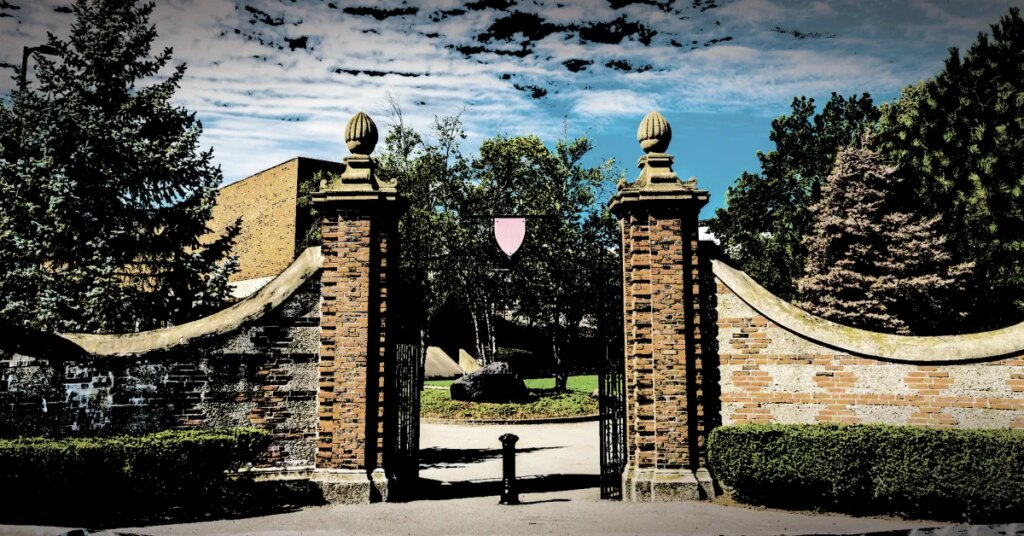America has long viewed higher education as critical to the growth of the U.S. economy. Past administrations have understood that federal grants to universities and colleges drove cutting-edge research in cancer therapies, quantum computing, and precision agriculture. As new career paths emerge, and more leaders are coming from unconventional backgrounds, the great majority of heads sitting across industries have come from well-regarded universities across the U.S. To understand the formative experiences and paths of American leaders, TIME and Statista analyzed a diverse group of 4,800 of the most influential figures shaping U.S. society today—from policymakers and corporate executives to leading scientists, educators, and cultural innovators. The dataset is updated yearly to include younger leaders in emerging fields and industries.
[time-brightcove not-tgx=”true”]
Many of the top tier names stay the same year after year, reflecting the enduring influence of certain established universities in shaping future leaders. Harvard, Stanford, and MIT continue to rank in the top 5, and their alumni continue to head the new wave of top companies in the U.S., like Amazon, Nvidia, and AMD. Even as higher education faces criticism and political pressure, it’s hard to deny that getting into an elite school can often set students up for future success and create socio-economic mobility, not only through education offerings, but through setting up shortcuts to leadership incubation firms after graduation.
“We are attracting leaders. When you have this ability to convene so many amazing people and industries here in New York, we give them a kind of a super highway to leadership,” says MJ Knoll-Finn, senior vice president for Enrollment Management and Student Success at NYU (no. 8). “We help them understand how they can take those things that they have, and get them lots of opportunities to then plug into different ways of utilizing their skills that they may not have thought of. And they’re actively engaged in the kind of experiences that help people learn how to live in and lead in complex spaces.”
These leaders aren’t just replacing old heads at legacy companies, but are spearheading ideas and forging paths in uncharted territories as well. Notable leaders from NYU include Alondra Nelson, who led generative AI policy at the White House and oversaw the release of the Blueprint for an AI Bill of Rights under the Biden administration.
Some leaders have used their adaptable technical expertise to ride the wave of innovation, like Eric Schmidt, a graduate of UC Berkeley (no. 7) who was formerly Google’s CEO and now is a prominent voice influencing AI policy in Washington and the development of AI startups.
“Berkeley does more than provide a world-class education across an amazing spectrum of academic disciplines. We also place a great deal of emphasis on providing our students with the skills and tools they need to excel in our dynamic world as leaders,” says Chancellor Richard K. Lyons. “From programs that develop students’ entrepreneurial thinking, to courses that help them bridge divides and deal constructively with opposing points of view, our university goes far beyond the classic curriculum: not what to think, or even only how to think, but also how to live life with greater agency.”
Several new colleges were added into the list this year, mainly HBCUs, liberal-arts colleges, and state universities, reflecting the increasingly diverse background of younger leaders. Morehouse College (no. 111), an HBCU which first appeared on the list last year, boasts alumni like Sen. Raphael Warnock, who not only was the first college graduate in his family but also became the first black senator in the state of Georgia in 2021.
“This workforce is basically showing a mirror. We’ve seen more students that come from HBCUs, black men specifically, coming out of Morehouse into the working field. Our career development department actually has given us data to support that the average student that’s graduating Morehouse is making right at about $75,000 to $80,000 a year,” says Michael Gumm, director of Admissions & recruitment at Morehouse. “Morehouse being a liberal arts college is gearing a lot of students to think more broadly. And with the force of AI, we’re starting to see an infusion between the humanities and AI, where people are needing people who are more critical thinkers that then they’re applying their skill sets, no matter what major they’re in, into these different career paths.”
While people can lead without going to college, Gumm sees college education as an extra tool to leverage opportunities whether it’s through campus activities or established alumni networks in prominent places that can serve as career stepping stones. “Using those networks, which is the biggest aspect to me in today’s times…and the ability to build those connections, it has to start somewhere,” Gumm says.
See the full list of the Best Colleges for Future Leaders below.
The post The Best Colleges for Future Leaders 2026 appeared first on TIME.




